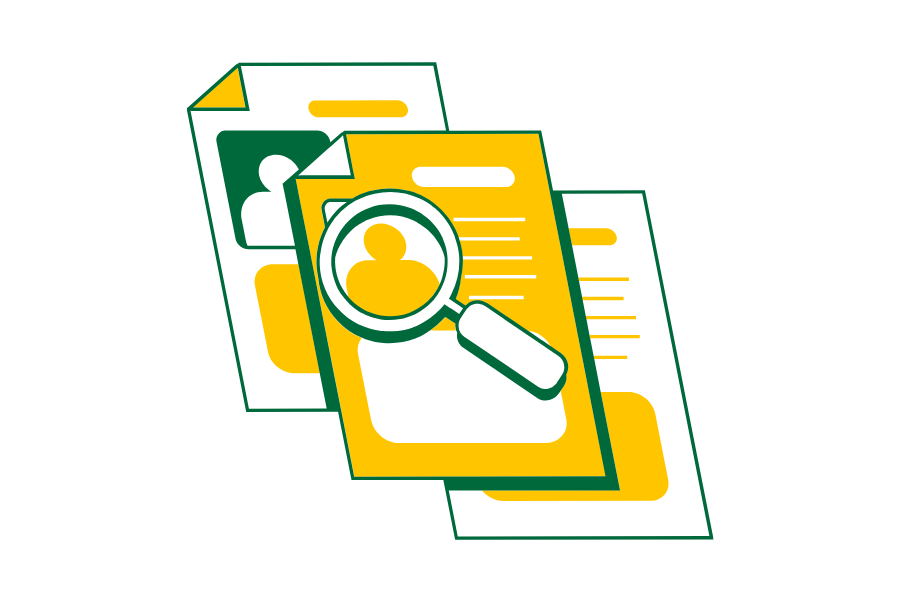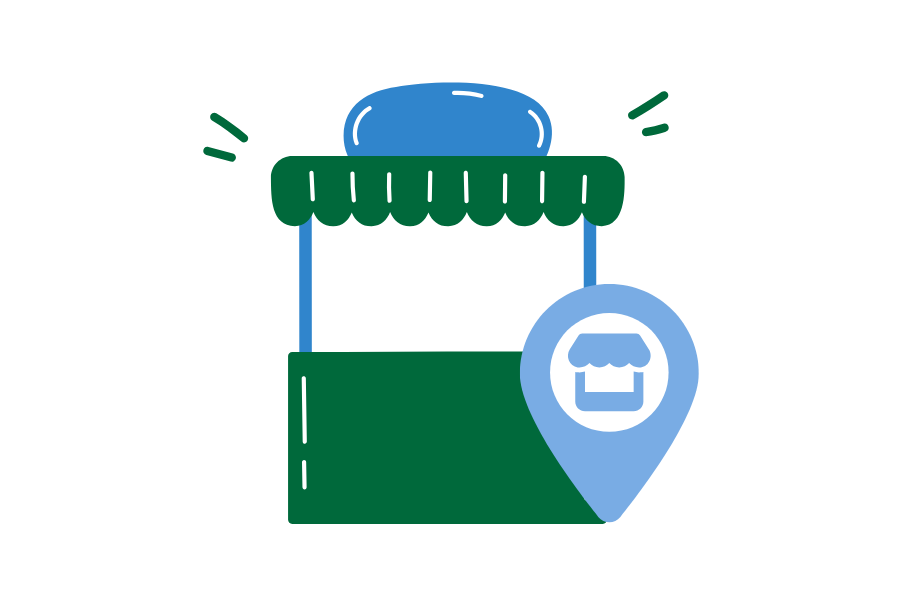Business Continuity Planning in Singapore
If there’s one lesson COVID-19 taught Singapore’s business community, it’s this: resilience is no longer optional. The pandemic disrupted supply chains, staffing, cash flow, and compliance obligations — all at once. And while most SMEs adapted, many did so reactively, without a plan.
Now, in 2025, the question isn’t whether another disruption will happen — it’s when and what kind. Whether it’s economic shocks, cyber incidents, geopolitical tensions, or supply chain failures, a business continuity plan (BCP) is essential for small businesses to remain functional under pressure. Reliable accounting services also play a key role in helping SMEs maintain financial clarity and control during uncertain times.
Here’s how SMEs in Singapore can prepare now — before the next disruption hits.
Why Business Continuity Planning Still Matters
Many businesses see BCP as something for big corporates or regulated sectors. But for SMEs, the stakes are just as high — and the margin for error is smaller.
A clear BCP helps you:
- Maintain operations during sudden disruptions
- Minimise downtime and reputational risk
- Protect cash flow, payroll, and compliance
- Stay ahead of requirements from banks, insurers, and enterprise customers
And with Singapore’s government urging all businesses to strengthen operational resilience, now is the time to move from “recovery mode” to prepared mode.
1. Identify Your Critical Functions
Start by mapping what absolutely must keep running for your business to survive.
This typically includes:
- Customer service and fulfilment
- Payroll and employee support
- Accounting and invoicing
- Compliance filings (e.g. IRAS, ACRA)
Then ask: What would happen if these functions were offline for 48 hours? One week? A month?
This helps you prioritise where to build resilience first.
2. Create Redundancies (the Right Way)
You don’t need double everything — just redundancy where it matters.
For example:
- Store key business data in the cloud (not just on local devices)
- Identify secondary suppliers or platforms
- Document financial processes so they can be handled by more than one person
- Use secure, remote-friendly systems for payroll and compliance
The goal is to make sure your business can function even if your office can’t.
✅ Still doing accounting the old way? Your competitors aren’t. Counto’s AI handles the boring stuff while experienced accountants ensure everything’s perfect. See the future of accounting here.
3. Stress-Test Your Cash Flow
Disruptions don’t just affect operations — they hit cash flow hard.
To prepare:
- Model 3–6 months of low-revenue or high-expense scenarios
- Identify fixed vs. variable costs
- Build a modest emergency reserve (if possible)
- Consider backup credit lines or invoice financing options before you need them
Cash flexibility gives you time to react. Without it, you’re forced into reactive cuts or late payments.
4. Plan for Staff Mobility and Communication
Your team needs to stay connected — and productive — even when plans change.
Make sure you have:
- A way to communicate company-wide, remotely (e.g. WhatsApp, Slack, email)
- A list of emergency contacts and escalation paths
- Clear instructions for who does what in a disruption (especially for payroll, accounting, and compliance tasks)
- Flexible work-from-anywhere tools with proper access controls
Also review how your HR and payroll systems function during emergencies. If salaries can’t be processed or CPF filings are delayed, it affects morale and compliance alike.
5. Secure Your Digital Infrastructure
With more businesses running on cloud-based tools, cybersecurity is now a business continuity issue.
Basic but critical steps:
- Enable 2FA on all financial and admin platforms
- Backup critical data regularly (and test recovery)
- Limit admin access to sensitive systems
- Train staff on phishing and basic cyber hygiene
Cyberattacks don’t just affect IT — they can block operations, lock down finances, and expose you to regulatory penalties.
6. Build a Recovery Playbook
Documenting your continuity plan turns ideas into action.
Your plan should include:
- Key contacts and decision-makers
- A priority checklist by business function
- Alternative vendors, tools, and locations
- Financial buffers and credit options
- A communication plan for customers, employees, and regulators
Keep it simple, and revisit it every 6–12 months as your business evolves.
Summary
Business continuity planning isn’t about avoiding disruption — it’s about staying functional through it. For small business owners in Singapore, that means building lean, flexible systems that can adapt quickly when things don’t go to plan.
Whether it’s a digital outage, economic downturn, or a sudden market shock, having a plan in place means your business won’t just survive — it can lead, while others scramble.
Your Next-Level Accounting Team: AI That Learns + Experts Who Care
Tired of Teaching Every New Accountant About Your Business? Traditional accounting services mean repeatedly explaining your business to new staff. Modern companies need systems that learn and remember—exactly what most accounting firms can’t deliver.
Counto’s intelligent accounting service adapts to your business. Our AI learns your specific patterns and transactions, then handles your daily bookkeeping automatically. Expert accountants review everything for accuracy, and your dedicated Customer Success Manager is always just a message or call away. No more repeated explanations, no more basic questions—just accounting that understands your business.
Join small businesses saving hours monthly on financial management with our outsourced accounting solution. Plus, with our AI handling the routine work, you’ll get better insights at a fraction of the cost of a full-time bookkeeper. Ready to upgrade your accounting? Chat with us now, email [email protected] or use our contact form.
Here are some articles you might find helpful:
Expanding Your Business Under RCEP: How Singapore SMEs Can Tap ASEAN Markets for Growth







